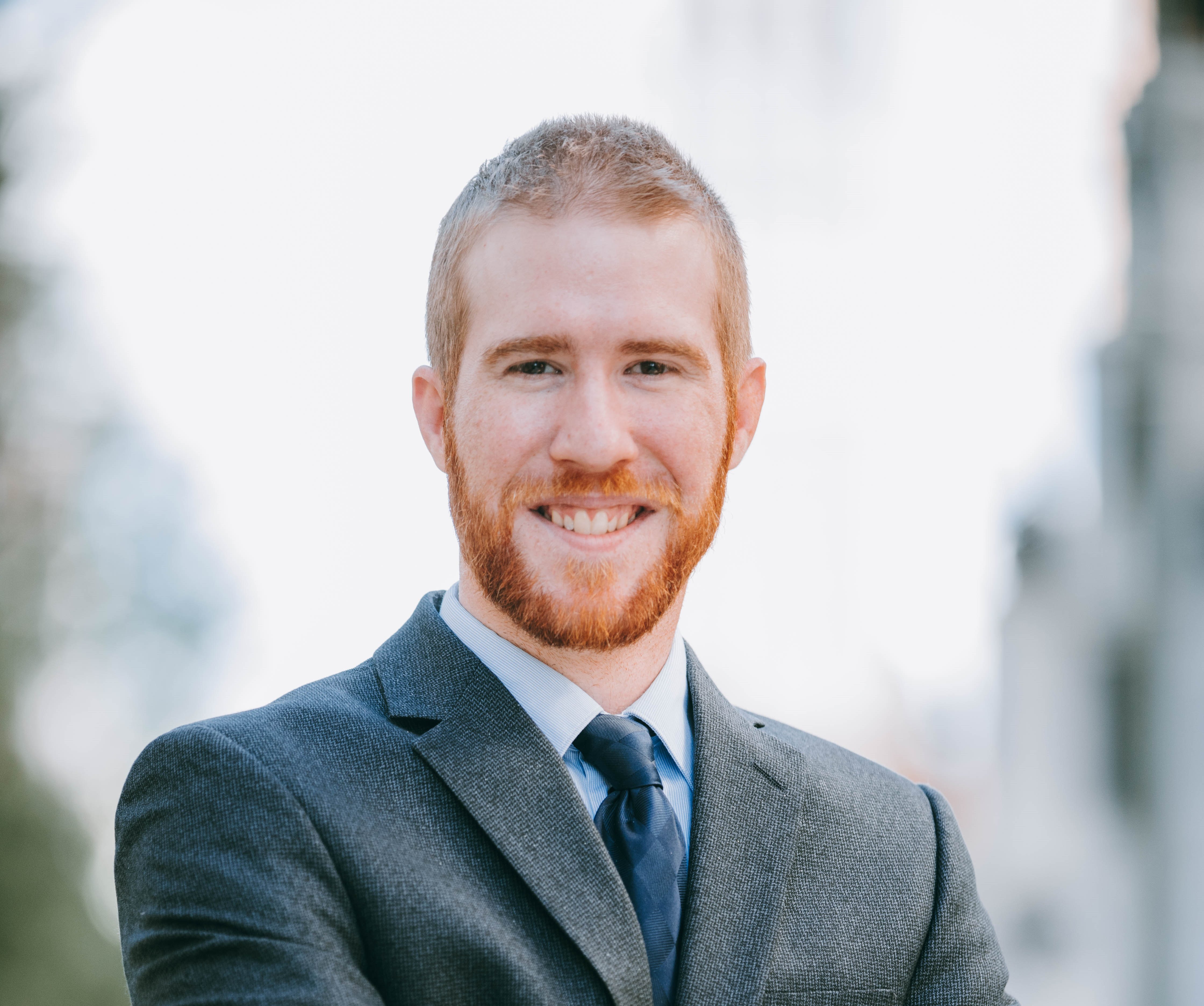 An episcopal miter and ring are pictured on a table during an episcopal ordination ceremony. Theologically speaking, there is no difference between an auxiliary bishop and archbishop — they’re both fully bishops — but the difference instead lies in each’s governing authority according to canon law. (CNS photo)
An episcopal miter and ring are pictured on a table during an episcopal ordination ceremony. Theologically speaking, there is no difference between an auxiliary bishop and archbishop — they’re both fully bishops — but the difference instead lies in each’s governing authority according to canon law. (CNS photo)Called and consecrated to the fullness of the priesthood of Jesus Christ, there is no difference in the ordination of an auxiliary bishop, diocesan bishop, archbishop and even a cardinal. Even the pope himself is not “ordained” a pope. He, too, is a bishop.
The difference, instead, lies is the ecclesiastical authority granted to each, which is governed by tradition and canon law.
While the pope, by virtue of his office, enjoys some special rights and privileges inherent to his unique role as successor to St. Peter, the difference between other bishops lies at the ecclesial — or Church — level and is largely the subject of canon law.
While the pope has full, supreme and universal power and jurisdiction over the whole Church, a diocesan bishop or archbishop — often called the “ordinary” — has power and jurisdiction over his own diocese.
In short, the difference between an auxiliary bishop and an archbishop of the same diocese is in the governing rights of the diocese. Auxiliary bishops, while technically diocesan bishops in their own right with regard to their “titular sees” (see Page 33), exercise their authority with the permission of and in harmony with the local ordinary. Unlike a coadjutor bishop, however, an auxiliary bishop does not automatically hold the right of succession should the ordinary bishop resign or die.
The responsibilities of a bishop’s threefold office of priest, prophet and king — and their corresponding duties of sanctifying, teaching and governing — mean a bishop is chiefly responsible for offering the sacraments, preaching the Gospel as a witness to the truth of Christ and exhorting and leading the faithful of their diocese by their words and example.
In the case of geographically large or population-dense dioceses, the ordinary may lack the time and ability to effectively minister to the Catholic population in his area, and may petition Rome for the help of one or several auxiliaries.
The roles of an auxiliary bishop may differ depending on the diocese, but in general, auxiliary bishops may assist with confirmations, baptisms, ordinations and special Masses, or even in the regional governance of a particular part of the diocese.
In the Archdiocese of Detroit, auxiliary bishops are often called upon to serve as moderators of the archdiocese’s four regions — South, Central, Northeast and Northwest — and have also historically served in roles within the archdiocesan Curia or Sacred Heart Major Seminary.
Currently, the Archdiocese of Detroit has four active auxiliary bishops — Bishops Donald Hanchon, Arturo Cepeda, Robert Fisher and Gerard Battersby — and two retired auxiliaries, Bishops Francis Reiss and Thomas Gumbleton. The four active auxiliaries also serve as regional moderators, with Bishop Hanchon serving the Central Region, Bishop Cepeda serving the Northwest, Bishop Fisher serving the Northeast and Bishop Battersby serving the South.
Related stories
For more stories about the ordination and background of the Archdiocese of Detroit's new auxiliary bishops, Bishop Robert Fisher and Bishop Gerard Battersby, check out The Michigan Catholic's special section.










